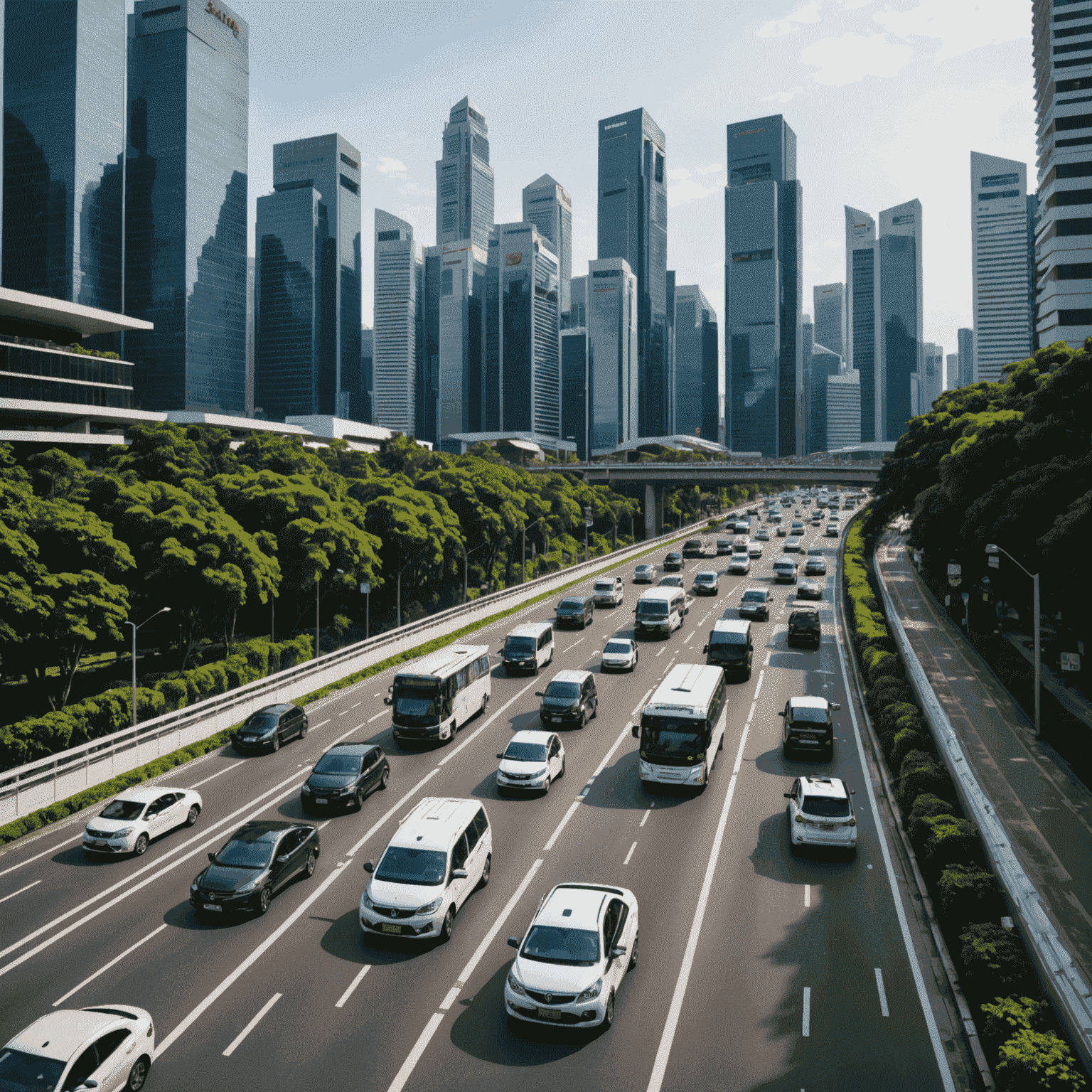IoT and Smart Traffic Management: Revolutionizing Urban Mobility

In the realm of smart cities and urban innovation, the Internet of Things (IoT) is emerging as a game-changer for traffic management, promising to alleviate congestion and transform the way we navigate our increasingly crowded urban landscapes.
The Smart Traffic Revolution
IoT technology is at the forefront of sustainable living and urban mobility solutions. By integrating a network of sensors, cameras, and smart devices throughout the city infrastructure, traffic management systems can now collect and analyze real-time data on traffic patterns, vehicle density, and even weather conditions.
Key Components of IoT Traffic Management
- Smart traffic lights that adjust timing based on real-time traffic flow
- Vehicle-to-infrastructure (V2I) communication for optimized routing
- Predictive analytics to forecast and prevent traffic jams
- Dynamic parking management systems
- Integration with public transportation for seamless multimodal travel
Benefits of Smart Traffic Systems
The implementation of IoT in traffic management brings numerous benefits to future cities:
- Reduced Congestion: Smart routing and traffic light optimization can significantly decrease travel times.
- Lower Emissions: Less idling and more efficient travel contribute to greener, more eco-friendly urbanism.
- Enhanced Safety: Real-time accident detection and prevention systems can save lives.
- Improved Urban Planning: Data collected can inform future infrastructure development.
- Economic Benefits: Reduced congestion leads to increased productivity and economic growth.
Case Study: Singapore's Smart Traffic Grid
Singapore, a leader in smart infrastructure and digital transformation, has implemented one of the world's most advanced IoT traffic management systems. The city-state's smart traffic lights and predictive analytics have resulted in a 20% reduction in travel times and a significant decrease in traffic-related air pollution.

The Road Ahead
As we continue to push the boundaries of urban innovation, the integration of IoT in traffic management will play a crucial role in creating more livable, efficient, and sustainable cities. The future of urban mobility lies in the seamless connection between vehicles, infrastructure, and data, paving the way for truly smart cities that prioritize the well-being of their inhabitants and the environment.
By embracing these technological advancements, we're not just optimizing traffic flow; we're reimagining the very fabric of urban life, creating cities that are more responsive, resilient, and ready for the challenges of tomorrow.